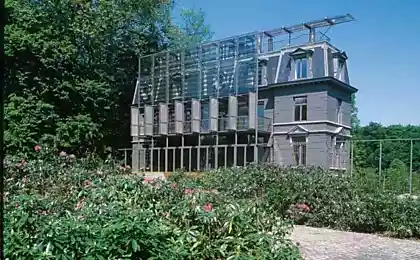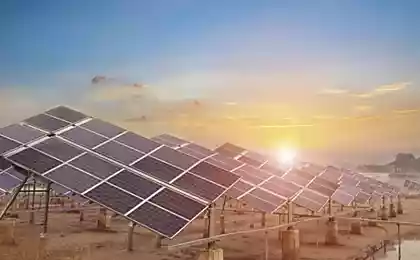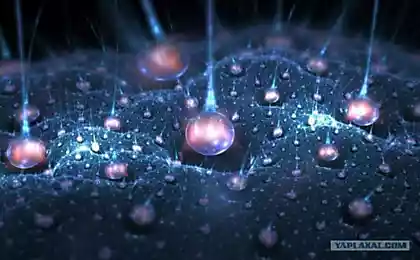138
The first successful integration of biofuel and photovoltaic technologies: Stanford scientists
Solar power plants for obvious reasons "love" sunny and dry climate, on the one hand it is very good, as for their placement you can use huge desert regions as close as possible to the equator. It would seem that everything is good: a lot of sun, a long daylight, clear skies, excellent conditions for electrical equipment. The largest photovoltaic power plants are located in desert regions. But solar panels have one big need – it is the need for water to clean the dust of the receiving surface. Water in these areas is of great value.
Biofuel crops intended for ethanol production have their own problems: competition with food crops for fertile territories, a high need for water, a noticeable “carbon” footprint.
After numerous experiments with various plants, Stanford scientists came to the conclusion that agave (the ideal raw material for ethanol production) consumes exactly the same amount of moisture per unit area as is necessary for the full cleaning of solar cells.
If you plant agave under photovoltaic panels, this symbiosis will significantly reduce the cost and carbon footprint of both sources of alternative energy. What the scientists were quick to share with the journal Environmental Science & Technology, where they showed in numbers the benefits of synergy of solar cells and raw materials for biofuels. According to published calculations, to produce one megajoule of energy (277 Wh), only 0.42 liters of water will be required.
Attempts to integrate biofuel and photovoltaic technologies have already been made in France and the Fukushima Exclusion Territory. The development of such technologies in dry regions as a whole should have a positive impact not only on the economic condition of the region, but also improve biodiversity. The desert has finally found a good use.
Source: facepla.net























